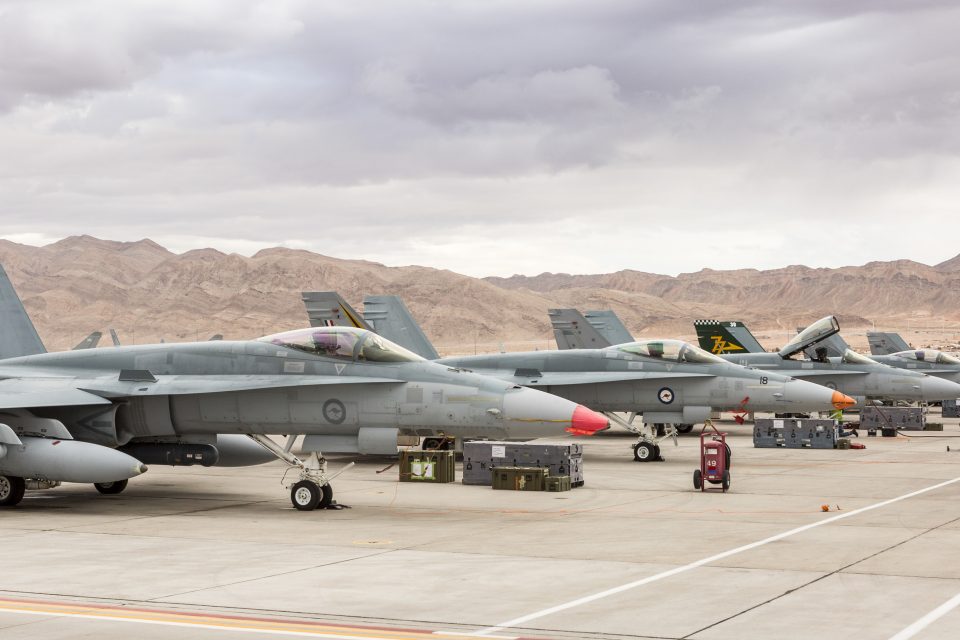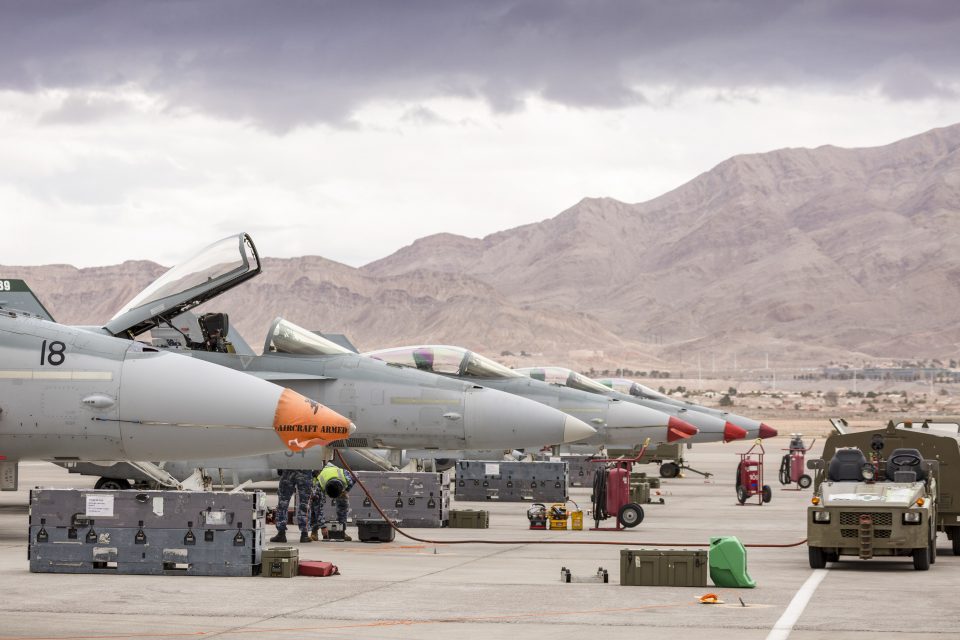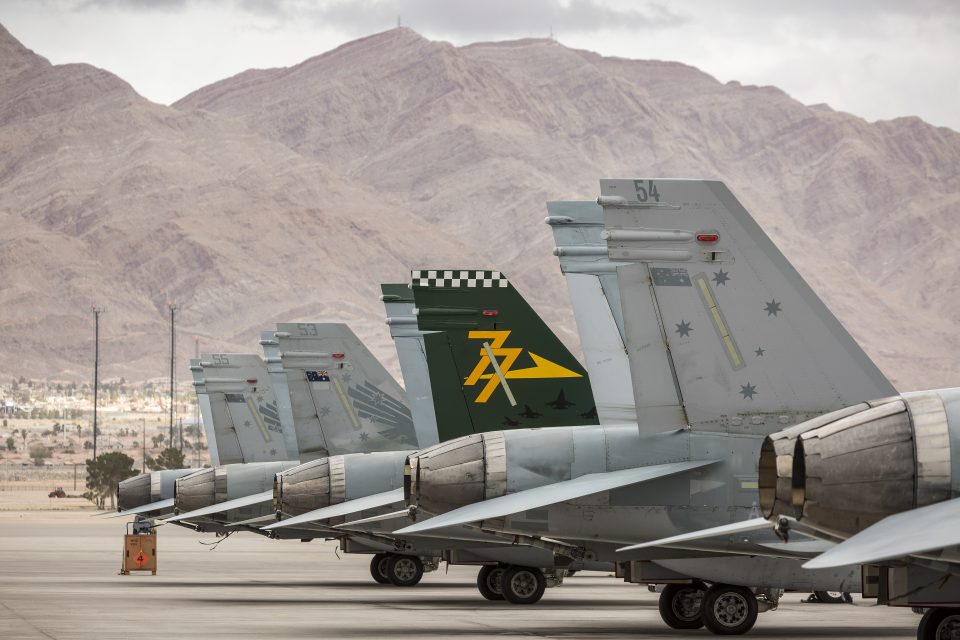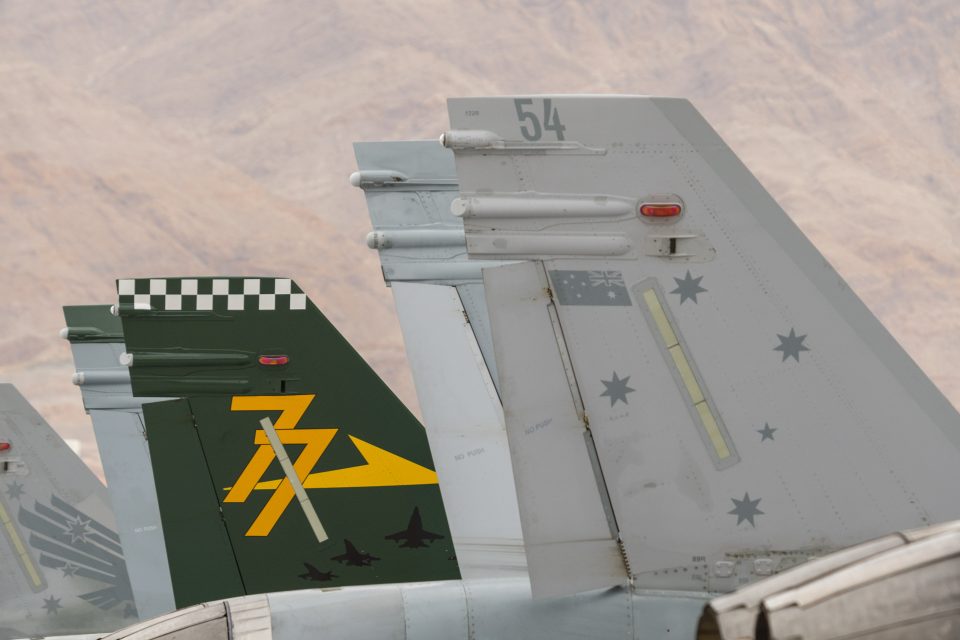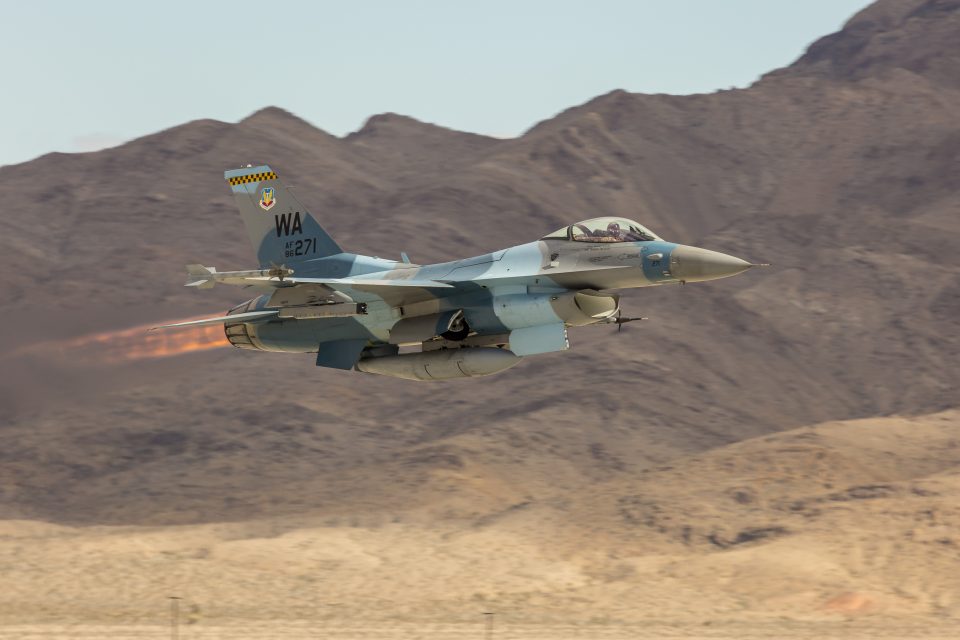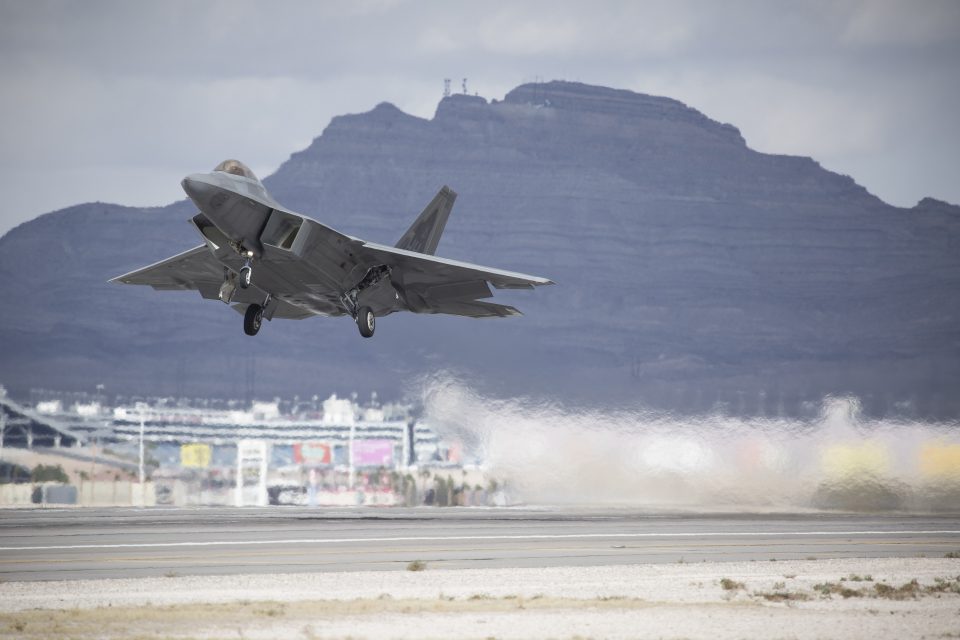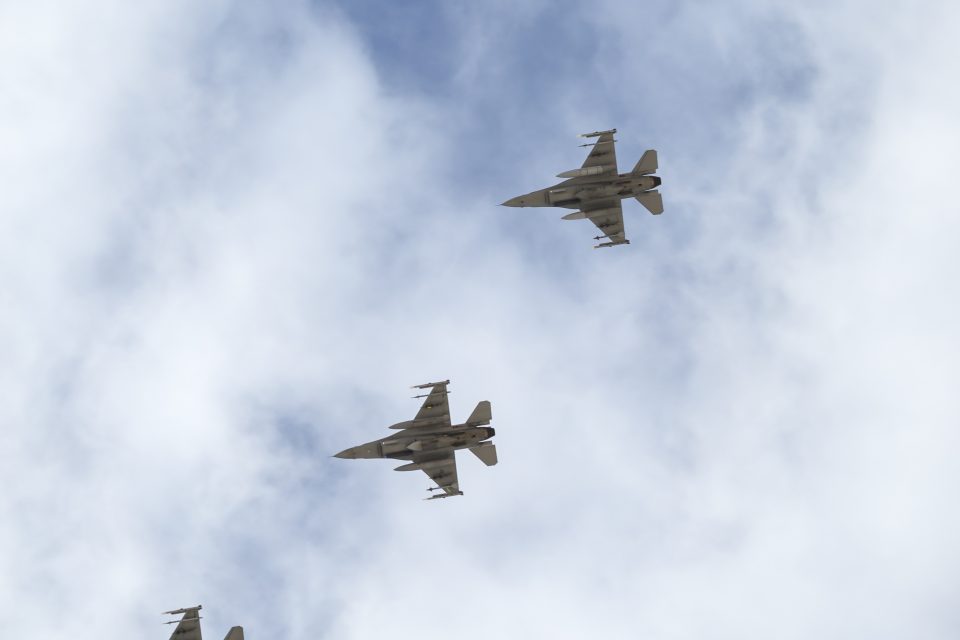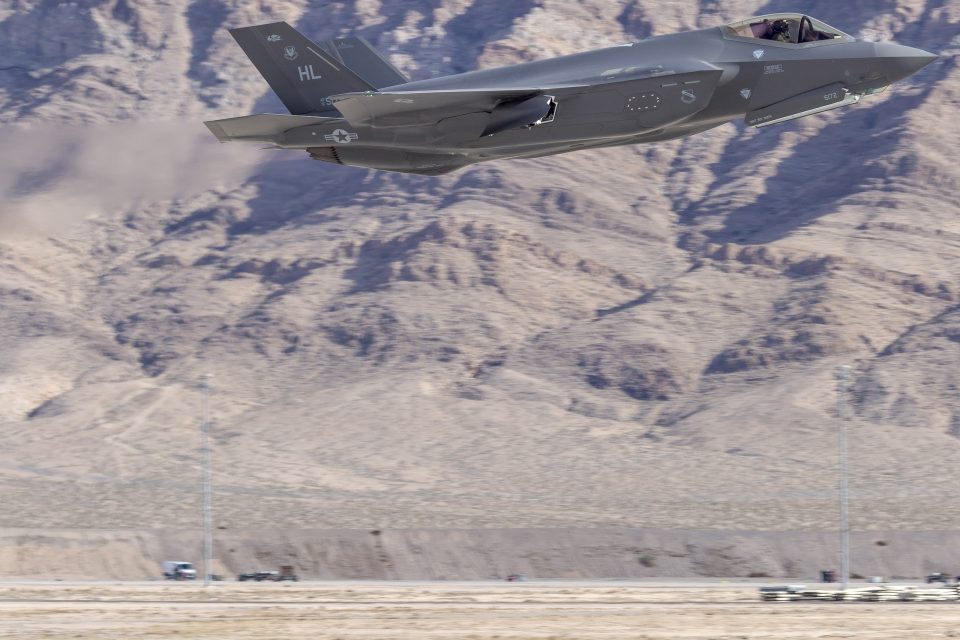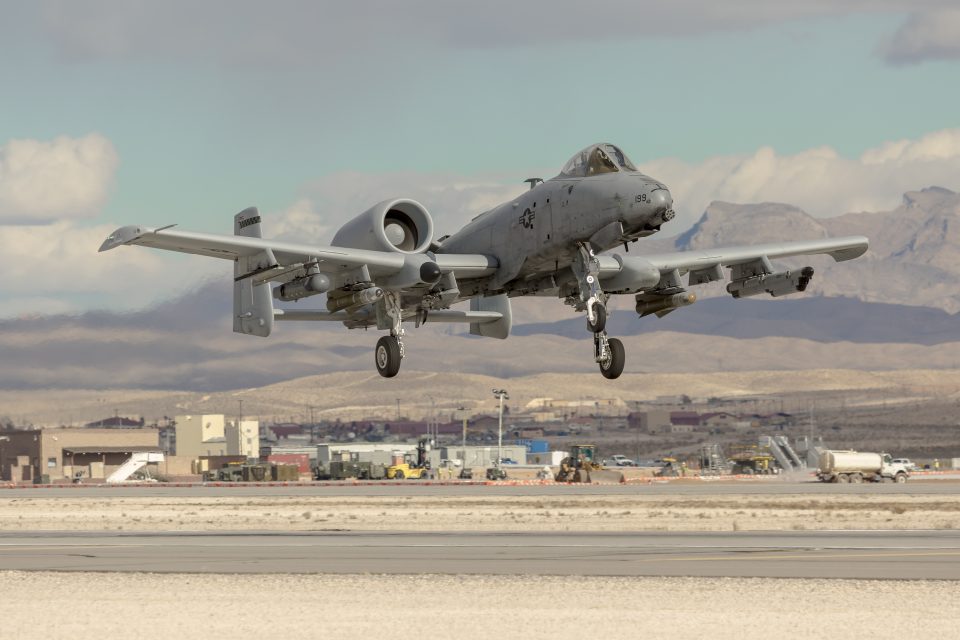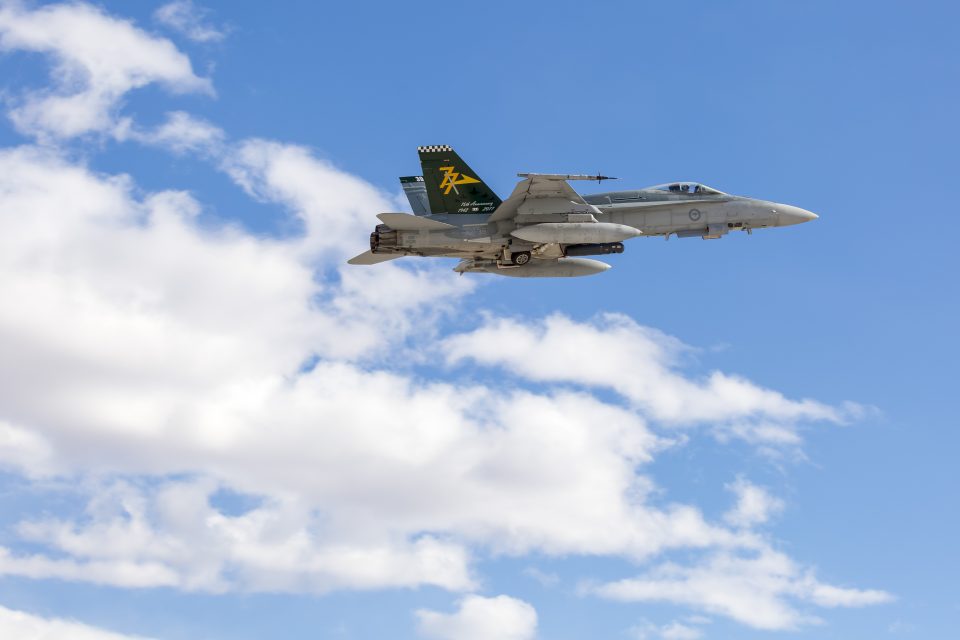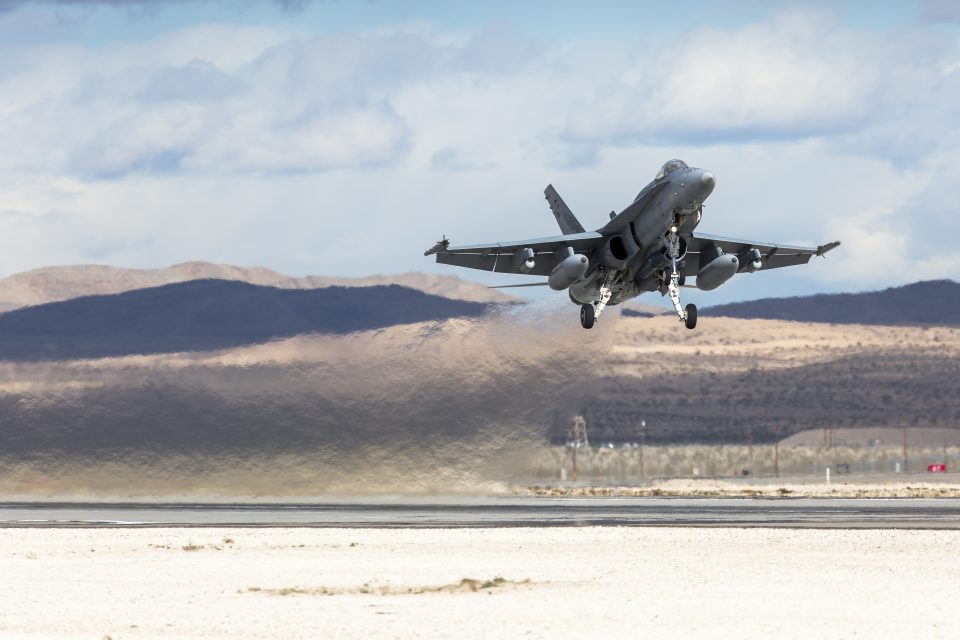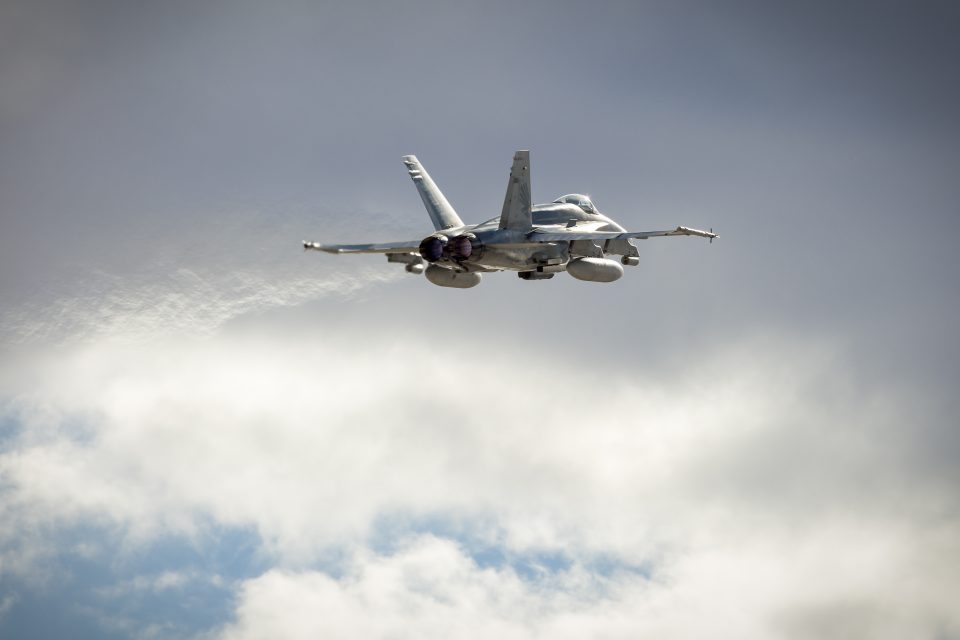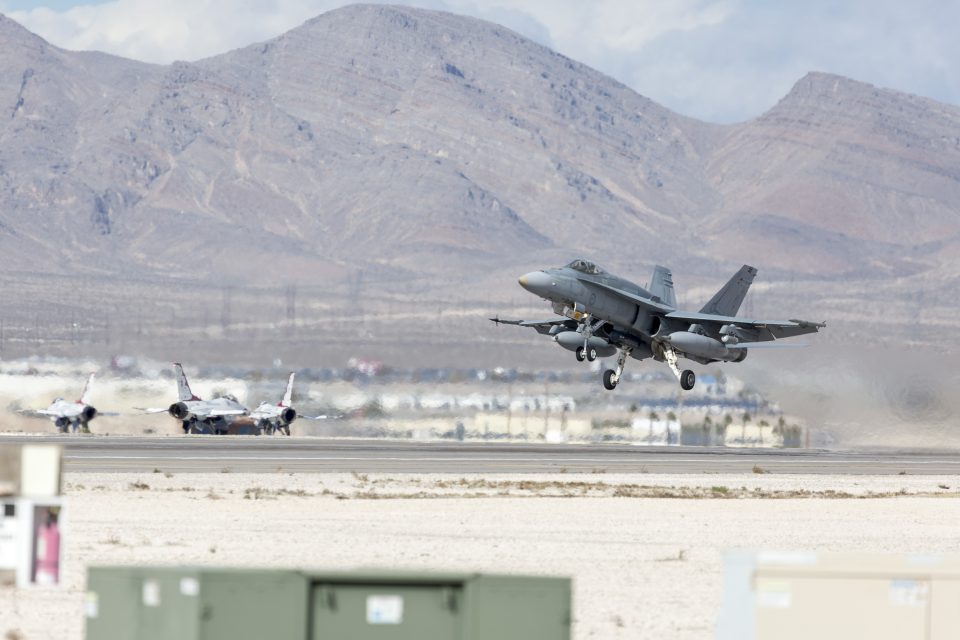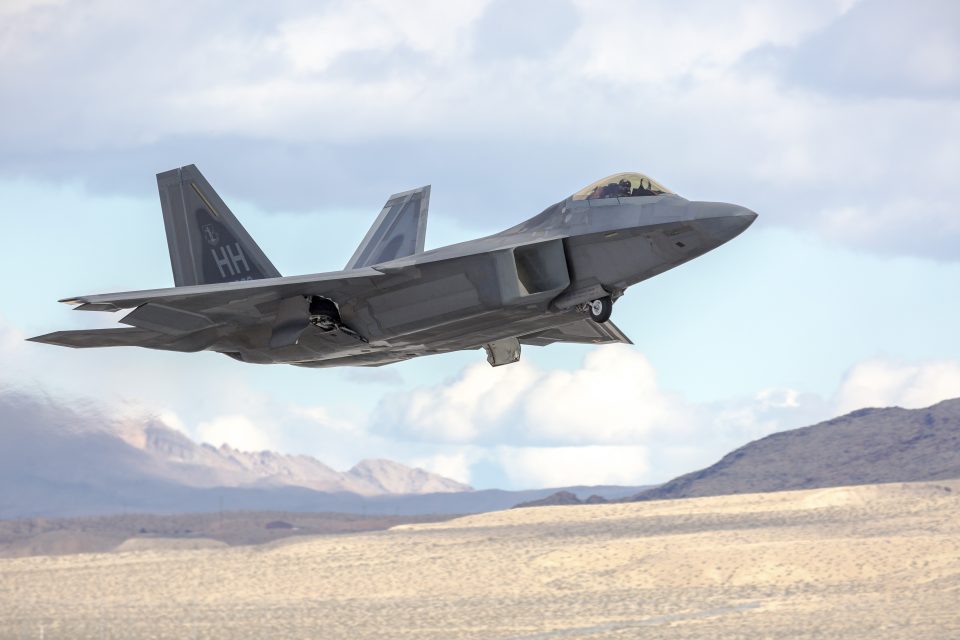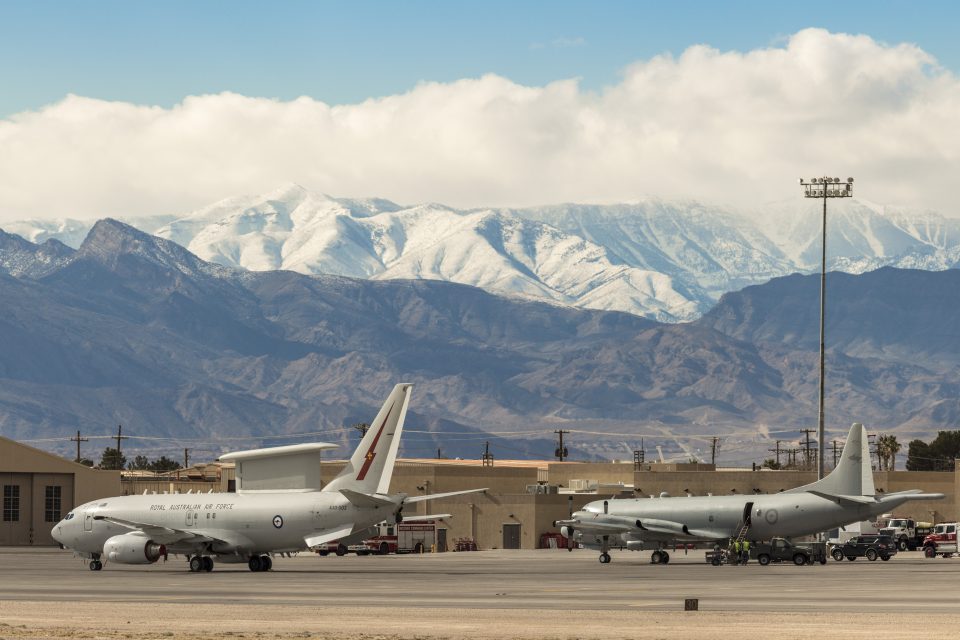By Jenna Higgins
As March rolls around, so ends another Exercise Red Flag Nellis (RF-N); an annual, month-long international exercise held at Nellis Air Base, Nevada.
During our joint #highintensitywar series with From Balloons to Drones, Dr Brian Laslie explained how Exercise Red Flag was created by the United States Air Force (USAF) as a response to the Service’s experience of high-intensity warfare during the Vietnam War.
He highlighted the exercises’ role in meeting the requirement for pilots to experience the realistic scenarios needed to prepare air forces for the challenges they might encounter in the future.
Red Flag, however, offers more than just training for fast-jet aircrew.
It provides one of the few opportunities to exercise a near full combined air operations centre (CAOC), as well as an opportunity to integrate non-kinetic effects (NKE), command and control (C2) and intelligence, surveillance and reconnaissance (ISR) into a fighter, focused high-intensity scenario.
The CAOC at Nellis (CAOC-N) provides AOC personnel with the ability to interact with both constructive and live fly serials, with training running in parallel to the night live-fly events.
While not every division of the CAOC-N operates, it does enable integration of the Combat Operations Division (COD) and the Intelligence Surveillance and Reconnaissance Division (ISRD).
There are limits to the realism of a constructive scenario, but the advantages of AOC integration into RF-N extend further than the hard limits of execution.
Perhaps the most significant benefit of such an exercise is the relationships formed between coalition partners and the subsequent trust it engenders. As proposed by Wing Commander Chris McInnes in a previous The Central Blue post;
“Air power C2 remains a social activity fundamentally and personal links are particularly important in reducing friction between organisations. For the moment, virtual presence remains actual absence.”
As our air forces surge toward a complete fifth-generation capability, and with technology dominating much of the discussion, we must continue to maintain person-to-person links to ensure the effort is harnessed and focused in a similar direction.
Exercise RF-N enabled this to occur at all levels, in all divisions with Australian, British and Americans sharing all of the leadership positions.
The full inclusion of coalition partners into RF-N once again highlighted the limitations of security classifications and communications infrastructure.
Despite having robust sharing agreements between five-eyes partners, there are still a number of instances where communications systems do not support free-flowing mission data (both pre- and post-mission).
This is not a new lesson.
Despite the years we have been working together, information sharing remains an ongoing issue, one not likely to go away any time soon.
Consequently, it is beholden to all participants not to get frustrated by such impasses, but rather to be adaptive and flexible in their approach to international exercises.
Person-to-person debriefing remains a valid form of communicating lessons learnt; however, this does present a baselining issue in ensuring all participants are receiving the same feedback.
Exercises such as Red Flag, where five-eyes partners can operate at higher classifications, further enable personnel to gain greater insight into coalition capabilities and how to employ them best.
While hard facts and figures are often available in ‘smart books,’ the realities of employment can present a delta.
Fully understanding coalition capabilities becomes far more critical as fifth-generation capabilities become more integrated into the fight. Aircraft such as the F-35 offer capabilities that require fourth-generation aircraft to reassess how they can best fit and most efficiently contribute to the fight.
This is especially relevant for the incorporation of NKE capabilities, or ISR optimisation and collection.
In its current construct, RF-N is not optimised for the full utilisation of NKE or ISR collection.
However, RF-N does enable mission and package leads exposure to a full suite of capabilities for which integration must be considered.
Exercise RF-N kicked off the 2019 series of joint and coalition exercises designed to provide Australian and US military training focused on the planning and conduct of mid-intensity ‘high-end’ warfights.
The road to Talisman Sabre will include a number of exercises, with the penultimate Exercise occurring from late June to August 2019. Keep an eye out on The Central Blue for regular updates!
Squadron Leader Jenna Higgins is an Air Combat Officer in the Royal Australian Air Force, and a Co-Editor at The Central Blue. The views expressed are hers alone and do not reflect the opinion of the Royal Australian Air Force, the Department of Defence, or the Australian Government.
This article was first published by The Williams Foundation’s Central Blue series on March 27, 2019.
On defense.info we have a section which focuses directly upon Williams Foundation article as well as the reports produced by Second Line of Defense for the Foundation seminars.
The next seminar to be held in Canberra on April 11, 2019 will focus on a key part of defense or deterrence in depth, namely the ability Australia to enhance the sustainability of its force and its ability to support sustainment engagement by allies operating with the ADF from Australian territory in a crisis.



